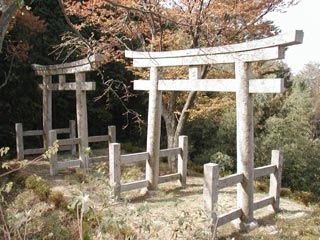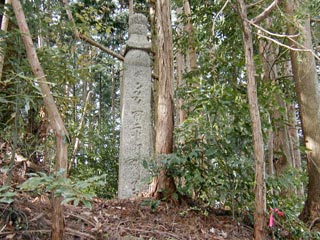|
hChoishimichiwalkhc..4@ |
|
|
Stone marker 136 at gRoppon sugih which means six cedars. There were never six
cedars, but a row of the Japanese cedars probably gave its name to this
locality. The path continues gently up and down from gRoppon sugih to stone
marker 120 with the gFutatsu toriih, the two gates. From gRoppon sugih a side
path leads to Amano village l,3 km away, where you can worship the shrine of
Niutsuhime, the shrine dedicated to the princess Niu. From the shrine the
ghachoh path leads back again to the stone marker path. |
|
|
Amano village is the village of fireflies, the village of the Tales of Heikeccthis way |
|
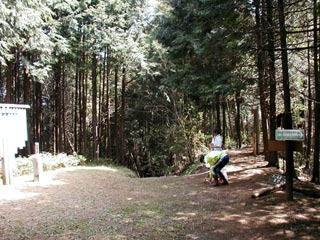 |
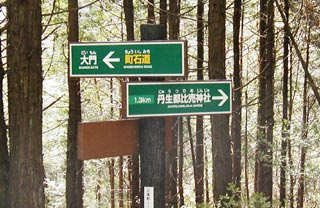 |
|
Stone marker 136 gRoppon sugih |
Crossroad gRoppon sugih to Niutsuhime Shrine |
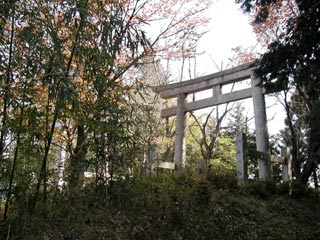 |
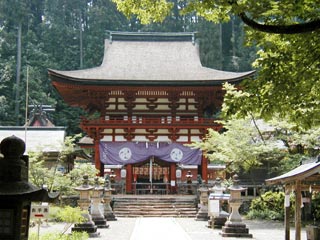 |
|
At the end of the gHachoh gradient the two gates
gFutatsu toriih |
|
